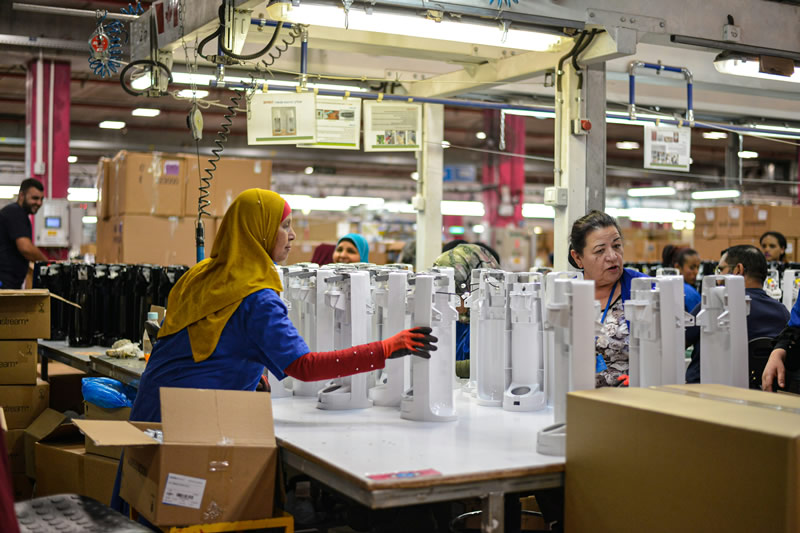In the highly competitive world of global manufacturing, success hinges not only on the quality of the products but also on how effectively a company communicates across linguistic and cultural divides. The concept of a “Linguistic Assembly Line” represents the systematic integration of translation and localization processes into manufacturing, enabling companies to achieve global success by ensuring that their products and accompanying information are accessible and relevant to international markets.
The Importance of Language Integration
Language integration in manufacturing processes is crucial for several reasons:
- Market Expansion: To sell products in international markets, manufacturers must ensure that all product-related information is accurately translated and culturally adapted to meet the needs and expectations of local consumers.
- Regulatory Compliance: Many countries have strict regulations regarding product labeling, safety instructions, and usage information, necessitating accurate translation to avoid legal issues. Find more insights on regulations by clicking here.
- Brand Consistency: Maintaining a consistent brand message across different languages and cultures is vital for building trust and recognition in the global market.
Developing the Linguistic Assembly Line
Creating a Linguistic Assembly Line involves several key steps, mirroring the precision and efficiency of traditional manufacturing processes:
Assessment and Planning
The first step is to assess the linguistic needs across the manufacturing process, identifying all areas where language plays a critical role, from product development to marketing. This phase involves determining which languages are required and the extent of localization needed for each market.
Process Integration
Translation and localization should be integrated into the manufacturing process as seamlessly as assembly lines incorporate machinery and manpower. This means establishing continuous workflows for translating and updating product documentation, manuals, marketing materials, and other relevant content.
Technology and Tools
Leveraging technology, such as translation management systems (TMS), can automate and streamline the translation process. These tools facilitate efficient workflow management, quality control, and collaboration among translators, ensuring consistency and accuracy across all materials.
Quality Assurance and Localization
Quality assurance in translation is as critical as in any manufacturing process. This includes not only linguistic accuracy but also cultural appropriateness. Localization ensures that the product and its accompanying information are culturally resonant and compliant with local regulations and norms.
Continuous Improvement
Just as manufacturing processes undergo continual optimization, the Linguistic Assembly Line requires regular assessment and refinement. Feedback from local markets, changes in regulations, and evolving language trends should be incorporated to enhance the effectiveness of translation and localization efforts.
The Impact on Global Success
Integrating a Linguistic Assembly Line into manufacturing processes has a profound impact on a company’s global success:
- Enhanced Market Penetration: Products that are linguistically and culturally adapted are more likely to be accepted and preferred by local consumers.
- Increased Competitive Advantage: Companies that efficiently manage language integration can enter new markets faster and more effectively than competitors.
- Improved Customer Satisfaction: Accurate and culturally relevant translations contribute to better customer experiences, leading to higher satisfaction and loyalty.
Bottom Line
The Linguistic Assembly Line is not just a metaphor but a strategic approach to embedding language services within manufacturing processes. By prioritizing translation and localization, manufacturing companies can navigate the complexities of global markets more effectively, ensuring that their products resonate with customers worldwide. In the age of globalization, the ability to communicate across languages and cultures is not merely an advantage but a necessity for success in the international arena.
If you’re considering developing a more strategic approach to translation and language services in your globalization efforts, contact us at TrueLanguage and Powerling. We can help you put the processes in place to ensure success.


